
How To Keep Your Ford Engine Running Smoothly
Your Ford Ranger is more than just a vehicle. It’s a companion for both the everyday city drive and the adventurous off-road excursion. To keep

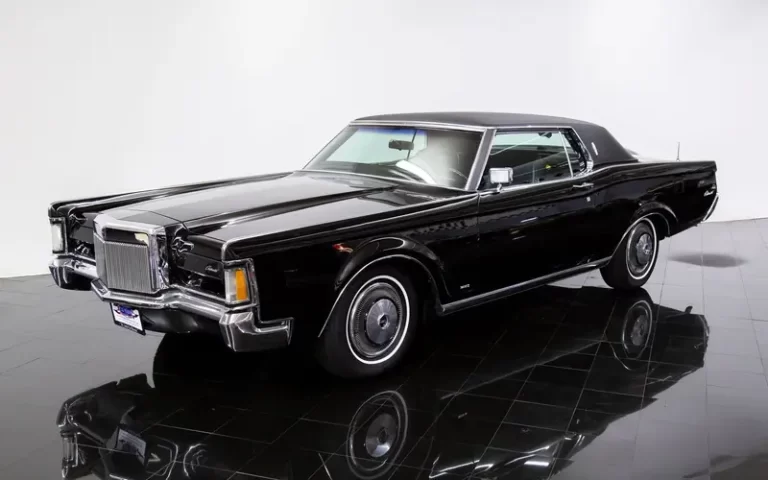
What EVIL Drives!
Still in the Top 100 “Most Enjoyable Bad Movies Ever Made”!
In this B-Movie horror classic, a small desert town is terrorized by a powerful, wickedly-possessed car, and the local sheriff may be the only one who can stop it.
The make and model of “The Car” was a 1971 Lincoln Continental Mark III black coupe.
“The Car” was specially built for this film by renowned automotive designer George Barris who had built many special vehicles for the film and TV industry including the Batmobile for Batman in 1966, and cost $84,000.00 to build.
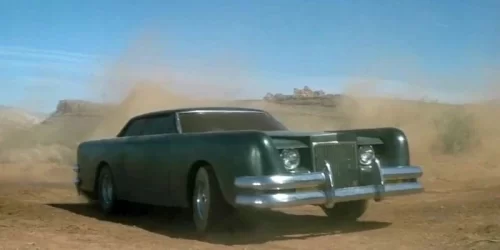
Twelve men worked on building four versions of “the car” for the movie over a period of ten months. Actual fabrication took eight weeks. One build was used for close-ups, and the other three were used for stunt work. Two of the cars were destroyed while making the movie, one in the house crash scene, the other in the barrel-roll over the police cars.
The final gloss-black close-up car was auctioned off in 1983 and assumed shipped to a European collector.
The technical specifications of the four versions of “the car” were as follows. They were built on a Lincoln Mark III chassis, with a 460 cu. in. V-8 engine, and deep-recessed chrome-plated Cragar wheels. The 18-gauge steel frame weighed 5,500 pounds alone and was 20 feet long and 9 feet wide. The stunt cars had locked 4:11 differentials, (to allow easier spinning,) a heavy-duty suspension, and roll bars,
In order to give “the car” a “sinister” look the roof was lowered three inches, its side fenders were altered that same length, again both higher and longer, and the belt-line was raised.
The Cars’ bodywork was painted in pearl and charcoal coloring. The cars’ windows were laminated in two different shades, smoked on the inside and amber on the outside, so drivers and cameras could see out, but the observer could not see in.
There were no fiberglass replicas made, but the fourth all-steel car built, which was loosely put together over a late 70’s Thunderbird frame, was shot out of a car cannon for the final scene over the canyon.
The sheriff’s department patrol cars in the film are all the same 1977 Pontiac LeMans, in the same color (brown), and have the same sheriff logo on the doors as the car driven by Sheriff Buford T. Justice in “Smokey and the Bandit”.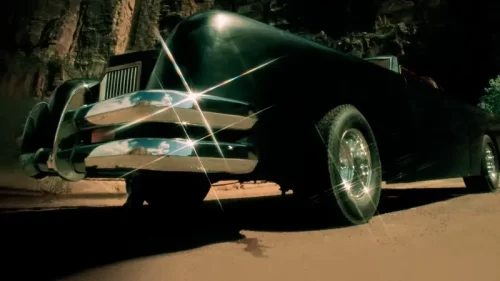
Major stunts in the movie included a stuntman’s first-time-ever jump; a 196-foot fall from a bridge and a “barrel roll” by “the car” over two other vehicles.
On a disturbing note, The late Church of Satan leader Anton LaVey was given a “Technical Adviser” credit on the film. His quote, “Oh great brothers of the night who rideth upon the hot winds of hell, who dwelleth in the Devil’s lair; move and appear”, is given in the opening credits.
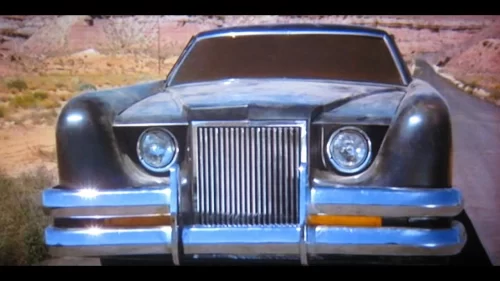 During the opening murder scene of the two bicyclists, one of the helicopters used for filming can be heard hovering over the bicyclists.
During the opening murder scene of the two bicyclists, one of the helicopters used for filming can be heard hovering over the bicyclists.
Your Ford Ranger is more than just a vehicle. It’s a companion for both the everyday city drive and the adventurous off-road excursion. To keep

The 1992 Ford Explorer XLT Debuted In Jurassic Park Legendary. Not for its engine, but for its paint job! To be honest, the Ford Explorer
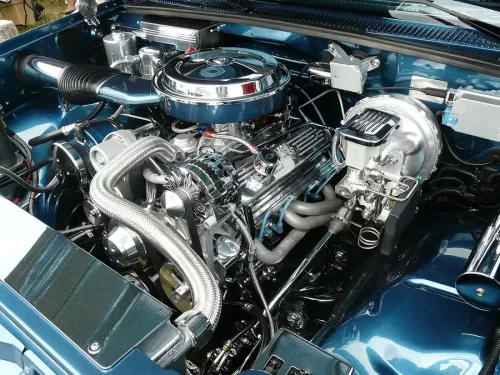
Issue 30 • Engine & Transmission Tips Hey! Great! You’ve decided the Fraser Engine Co. remanufactured engine (or transmission), is the one for you. But,
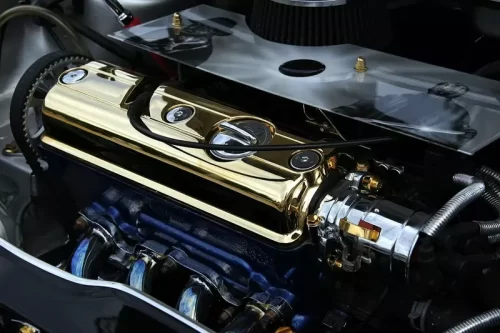
Issue 10 • Engine & Transmission Tips First, What exactly is Engine Tuning? Engine tuning adjusts the performance of your vehicle’s engine and drivetrain by
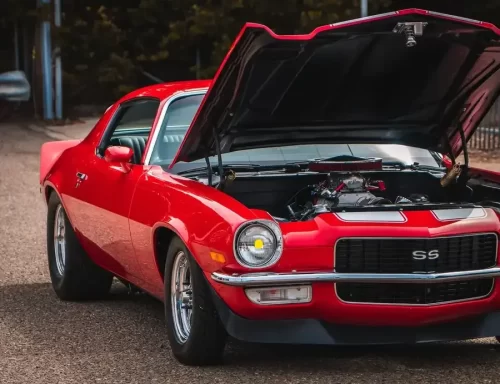
Issue 27 • Engine & Transmission Tips • Part 1 Which Should You Do? Replace Your Engine Or Your Entire Car? Fraser Engine Company wants
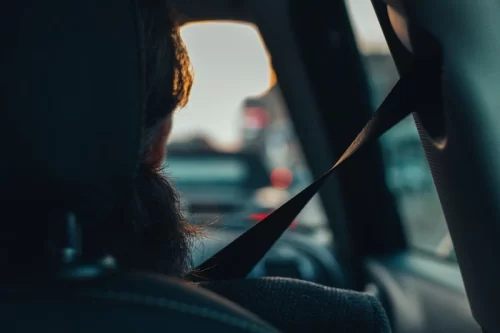
Issue 33 • Engine & Transmission Tips Fall is here! Make sure you’re ready for a bad-weather driving experience October is just around the corner